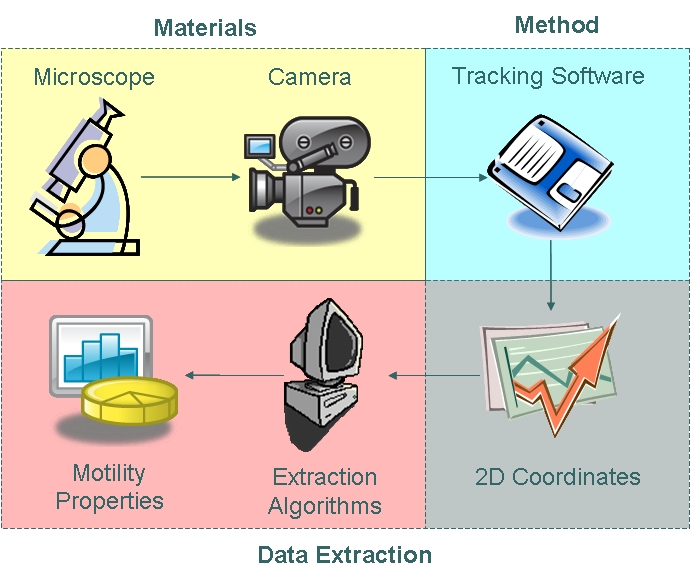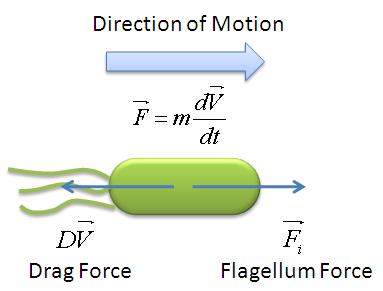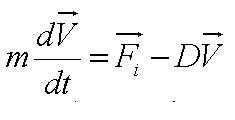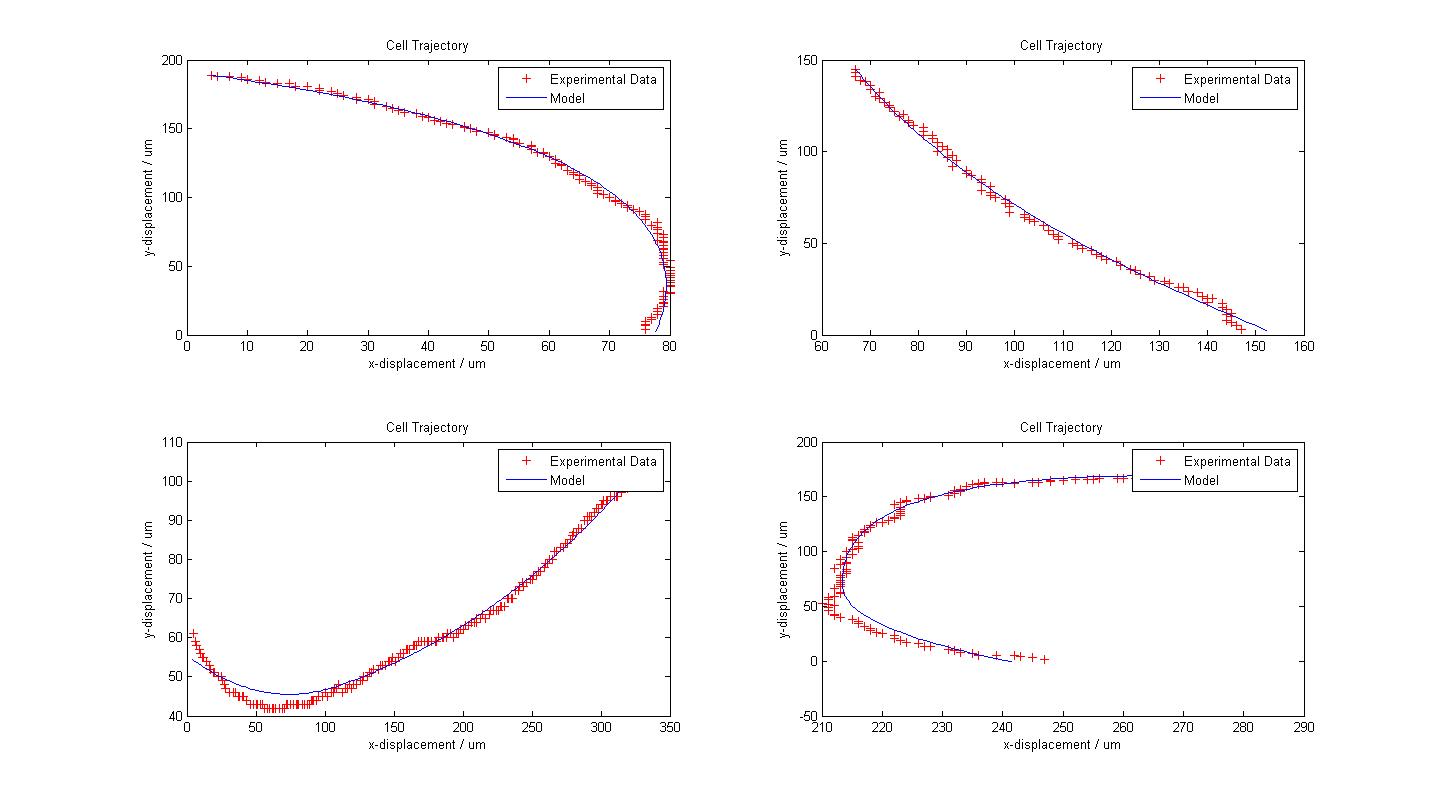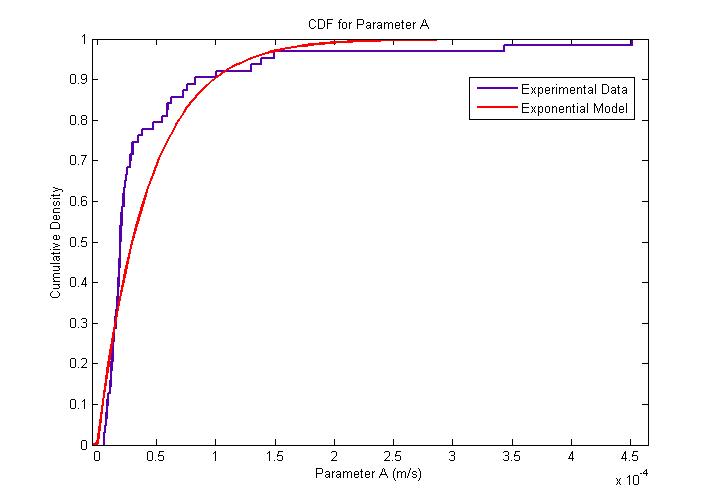Team:Imperial College/Motility
From 2008.igem.org
(Difference between revisions)
m |
m |
||
| Line 2: | Line 2: | ||
=== Motility Analysis === | === Motility Analysis === | ||
{{Imperial/Box2|Approach| | {{Imperial/Box2|Approach| | ||
| - | |||
As part of our chasis characterisation process, we have decided to model ''B. subtilis'' motility. In order to do this, the approach illustrated below was taken. The first phase of modelling involved data collection using microscopy techniques and cell tracking. Collected data was then analysed using algorithms which enabled us to extract distributions of parameters as defined in our model. | As part of our chasis characterisation process, we have decided to model ''B. subtilis'' motility. In order to do this, the approach illustrated below was taken. The first phase of modelling involved data collection using microscopy techniques and cell tracking. Collected data was then analysed using algorithms which enabled us to extract distributions of parameters as defined in our model. | ||
| Line 20: | Line 19: | ||
{{Imperial/Box1|Motility Model| | {{Imperial/Box1|Motility Model| | ||
| - | |||
The following mechanical model was developed. | The following mechanical model was developed. | ||
| Line 39: | Line 37: | ||
{{Imperial/Box1|Results| | {{Imperial/Box1|Results| | ||
| - | |||
The following figure shows the results of our model fitting. We have introduced a change in flagellar force at certain points of the cell trajectory so as to achieve a better fit. A maximum of two runs were allowed for each cell trajectory. | The following figure shows the results of our model fitting. We have introduced a change in flagellar force at certain points of the cell trajectory so as to achieve a better fit. A maximum of two runs were allowed for each cell trajectory. | ||
 "
"

